The Cocreational Model
A guide to strategic communication that can be applied across a range of subfields at all three levels—grand strategic, strategic, and tactical communication Communication is a core function of every human organization so when you work with communication you are working with the very core of the organization. Written for students, academics, and professionals, Strategic Communication Theory and Practice: The Cocreational Model argues for a single unified field of strategic communication based in the three large core subfields of public relations, marketing communication, and health communication, as well as strategic communicators working in many other subfields such as political communication, issues management, crisis communication, risk communication, environmental and science communication, social movements, counter terrorism communication, public diplomacy, public safety and disaster management, and others. Strategic Communication Theory and Practice is built around a cocreational model that shifts the focus from organizational needs and the messages crafted to achieve them, to a publics-centered view placing publics and their ability to cocreate new meanings squarely in the center of strategic communication theory and practice. The author—a noted expert in the field—outlines the theories, campaign strategies, common issues, and cutting edge challenges facing strategic communication, including the role of social media, ethics, and intercultural strategic communication. As the author explains, the term "strategic communication" properly refers only to the planned campaigns that grow out of research and understanding what publics think and want. This vital resource answers the questions of whether, and how, strategic-level skills can be used across fields, as it: Explores the role of theory and the cocreational meta-theory in strategic communication Outlines ethical practices and problems in the field Includes information on basic campaign strategies Offers the most recent information on risk communication, preparedness and terrorism communication, and employment in strategic communication Redefines major concepts, such as publics, from a cocreational perspective
This book is available as a Wiley E-Text. The Wiley E-Text is a complete digital version of the text that makes time spent studying more efficient.










